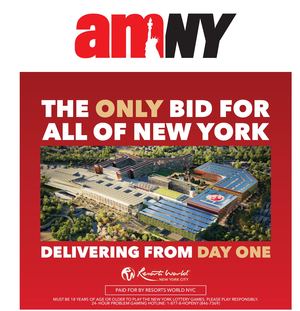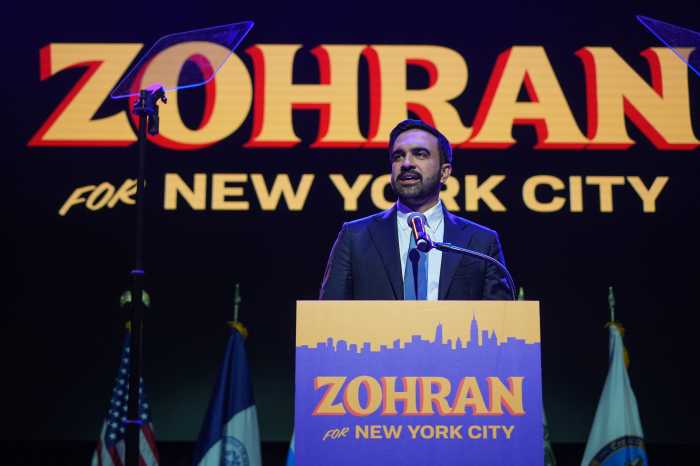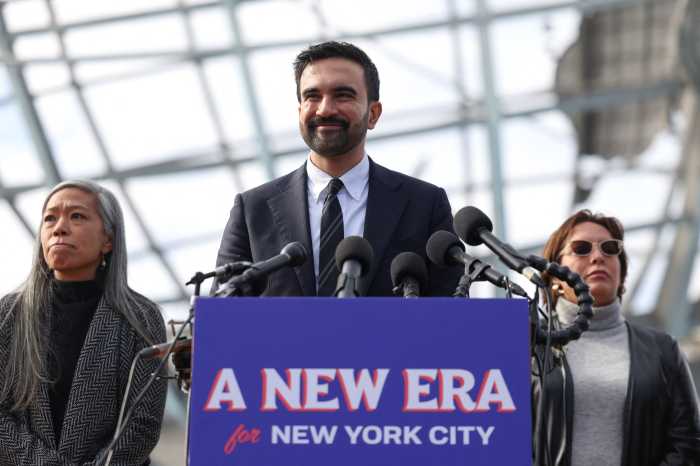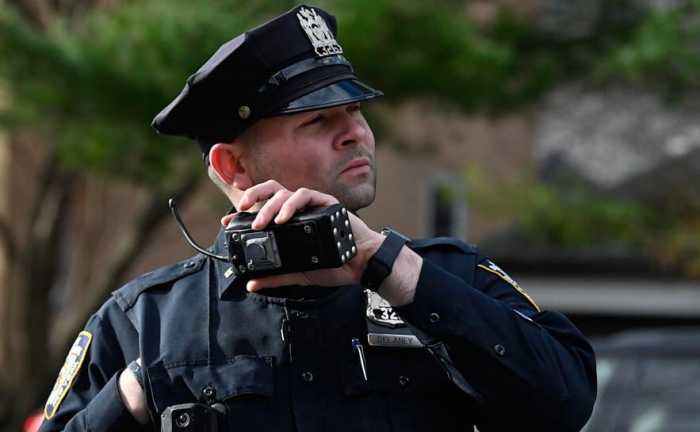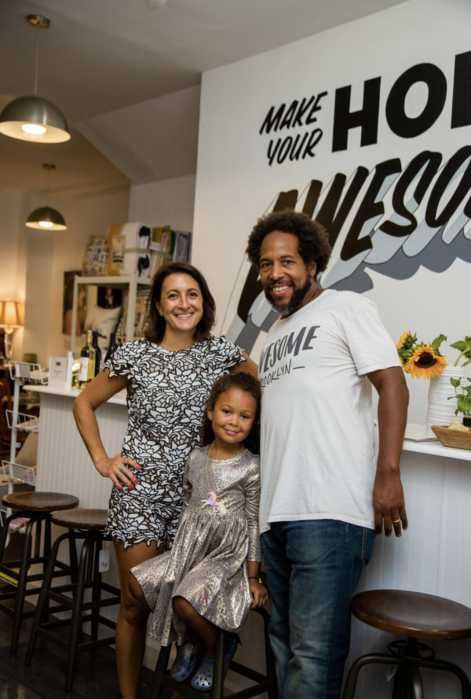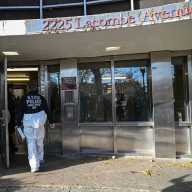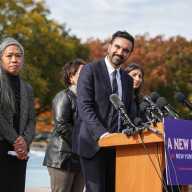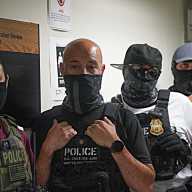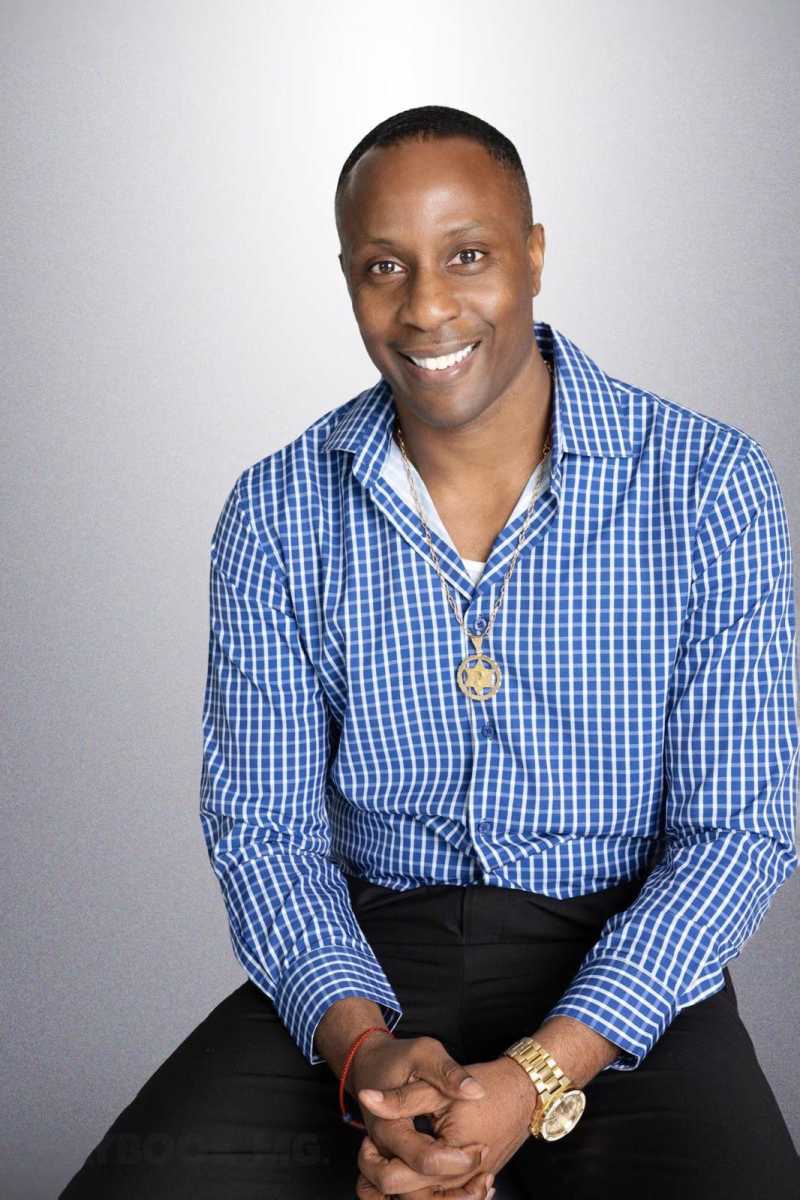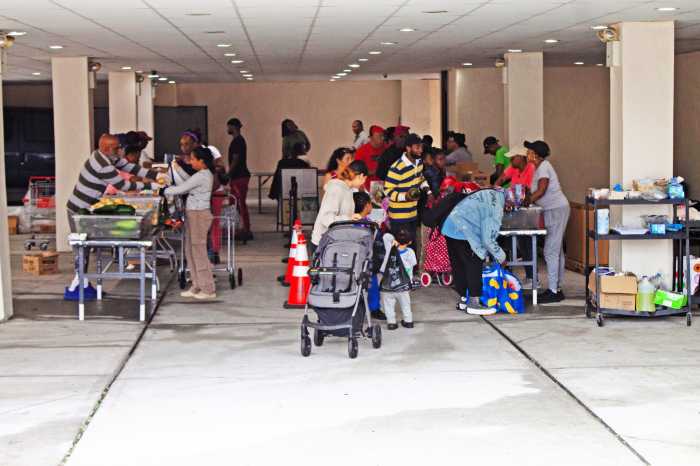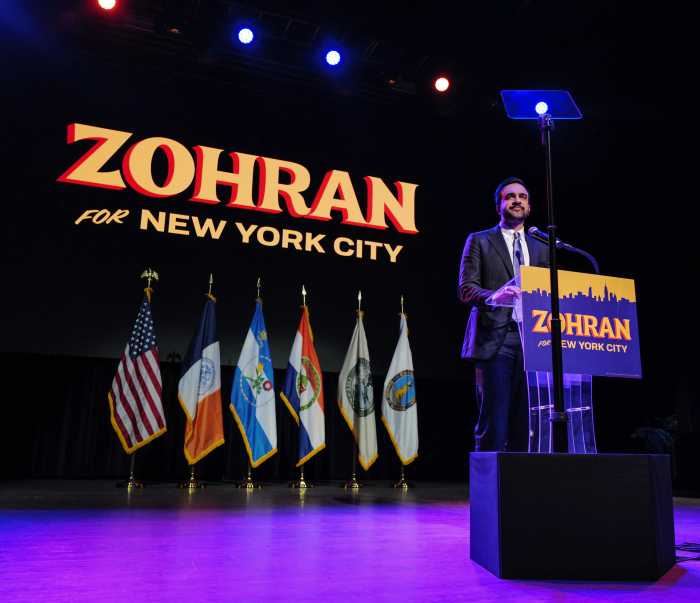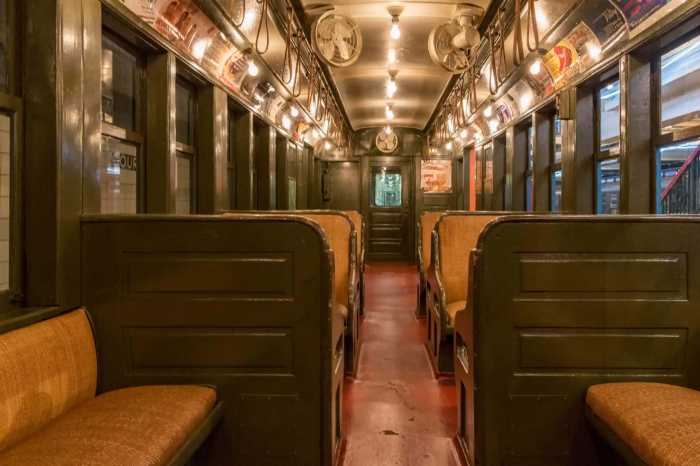Citi Bike has been a tremendous success, shattering ridership records over and over again.
Its popularity among commuters makes it clear that NYC’s bike-share system is not an amenity, but has become a key part of our transportation system. Now, as Citi Bike continues to expand, officials need to keep growing the network of protected bike lanes to keep riders safe, and they must work with the City Council and operator Motivate to fund and build a five-borough bike-share system that serves every community.
So far, Citi Bike has expanded mostly in places that have protected bike lanes, which has contributed to the system’s impressive safety record and popularity. But now that the system has begun moving into new areas; nearly 40 percent of Citi Bike’s 613 stations are more than a quarter-mile away from a protected bike lane. Officials must move quickly to safeguard cyclists on all major streets around NYC. That means going far beyond the current goal of 15 miles of new bike lanes per year.
To bring more geographic balance to the system, we will need to rethink the way bike-share is funded. Citi Bike is the only program of its kind in the United States that receives no direct public investment. But because our roads and transportation system are public goods, we must take steps to take bike-share beyond the wealthiest neighborhoods so everyone can benefit from it.
To make bike-share affordable for all New Yorkers, the city should work with Motivate to expand membership discounts, which currently exist for city Housing Authority residents and credit union members, to include all low-income residents. Some of the highest concentrations of NYCHA properties are in Brownsville, East New York, the South Bronx and Jamaica — places where there is no plan to expand Citi Bike.
At Transportation Alternatives, we believe that the essence of public transportation is that it serves the many, not a privileged few. We support citywide expansion of Citi Bike, with public investment if necessary, accompanied by an interconnected system of protected bike lanes, to make bicycling in NYC safe and easy for everyone.
Paul Steely White is executive director of Transportation Alternatives, an advocacy group.
